Pathfinder: Wrath of the Righteous game review
8 min. read
Updated on
Read our disclosure page to find out how can you help Windows Report sustain the editorial team. Read more
Key notes
- Pathfinder: Wrath of the Righteous is a vast, involving RPG epic worthy of your attention.
- You will embark on a quest across the land of Golarion to face an ancient evil.
- The 80-hour campaign can be played multiple times with different choices.
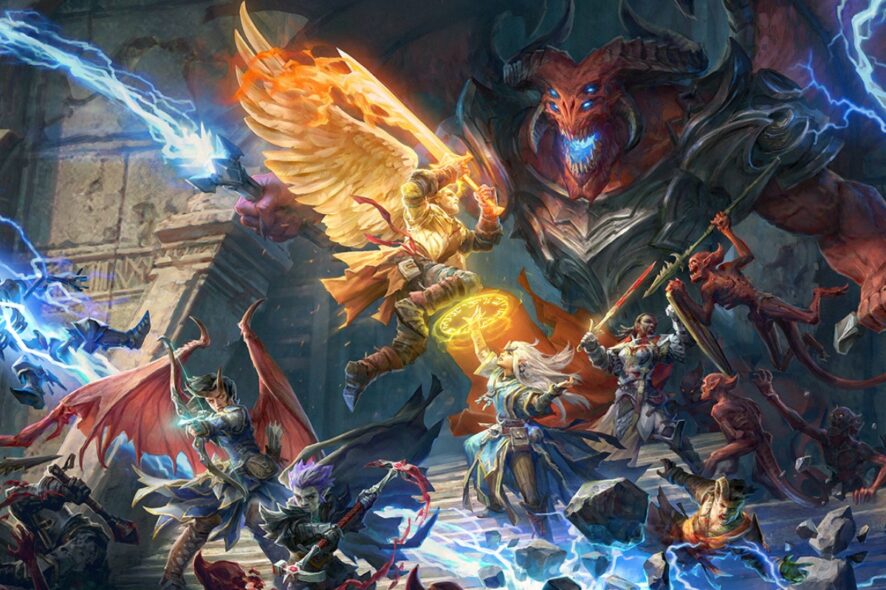
In many ways it’s hard to believe that Pathfinder: Wrath of the Righteous began its life as a Kickstarter project. Although, it’s easy to see why a Kickstarter launched in February 2020 has borne a game so vast in such a short time.
It was funded out the door in no time (thanks in part to the popularity of Pathfinder: Kingmaker), with developers Owlcat Games raising 2 million USD on an original target of just 300,000.
It’s fair to say though, that they’ve put it to very good use.
A truly epic quest
Wrath of the Righteous is huge. It’s an 80 – 100 hour game per playthrough, with scope for scores of playthroughs. Set in the vast world of the Pathfinder tabletop RPG, it introduces new characters in a storyline totally separate from the previous game.
The character creator is one of the most in-depth I’ve seen. Not in terms of visual tweaks necessarily (you can’t sculpt faces like in Skyrim, for example), but rather in terms of building a truly unique character.
There are 12 playable races, from humans and elves and half-elves, to dark-elves and halflings. The lore of the Pathfinder universe is very similar in the broad strokes to the Forgotten Realms, so anyone familiar with D&D will feel immediately at home among the races of Golarion.
But there are also 25 Classes to choose from, each with as many as six specializations that completely alter the initial skills and abilities of the class. You can even multi-class if you want to, and cherry-pick skills from multiple classes as you progress.
Some of the classes are locked to specific races, others to specific alignments. This affects base stats and starting weapons, while other elements are directly influenced by the deity your character worships and which intrinsic skills you select.
You could be a charming rogue, an evil spellcaster; you could be a reckless healer or a softly-spoken swordsman. The choices feel endless, and it’s easy to spend a solid hour or more creating your character before you even begin the game.
Tell me a story
Keeping this spoiler-free, it’s suffice to say that an evil force is ravaging Golarion once again and you’re the only one who can stop it. So far, so CRPG, right? Well, that’s fair.
But Owlcat games have poured hours and hours of dialogue (spoken and written) into a wildly branching narrative that takes into account hundreds of player choices both large and small.
From big decisions such as sparing an apparent enemy to smaller ones like which dungeon to delve into first, everything can and often will have an effect on the story.
As you travel the lands you’ll meet and potentially recruit 13 companion characters. You can select five at a time to accompany you, and as usual, the onus is on picking companions who complement your protagonist’s skills.
If you’re a tanky warrior, you’ll need a healer, some ranged support, and maybe a couple of spellcasters to harry the enemy.
Deeper yet, outside combat you’ll need a character who can pick locks, spot traps; maybe one with high Agility to help you reach certain areas. Bring along a character with high lore or arcane knowledge to glean a better understanding of the world at large.
All of these elements have a bearing on not only the way you play but also on what content you play, as you can lock off whole storylines or unlock new ones by your choices alone.
Later, a mythic path becomes an option, allowing you to specialise your character even more, and opening up even more choices and interactions.
Swords and sorcery
Combat is deftly handled, as Owlcat gives you an impressive list of options to customise the proceedings. You can opt to play fights turn-based, if you want to, allowing for greater strategic control and a more traditional tabletop experience.
Or, you can leave it in real-time with a tactical pause to assess the fray, allowing you to stack commands and course-correct a battle that’s quickly going south.
The former certainly makes things easier, but you can tweak the combat difficulty to the umpteenth degree anyway, reducing the damage of critical hits, for example, or completely restricting the enemy’s use of special skills.
Every fight feels different, with certain enemies requiring specific tactics. You can group your party together to focus fire, or split them to tackle multiple foes at once.
There are spells and special attacks, items, scrolls, pets, summons, traps, and environmental hazards, and on higher difficulties, you’ll need to use everything at your disposal to stay alive. Including good old trusty save-scumming to quick save and quick load your way out of trouble.
But combat is only one ingredient. The role-playing element here is arguably one of the best I’ve played. Decisions matter, as I said, but that’s not the be-all and end-all of an RPG.
Equally as important are the supporting characters and NPCs, but especially your party members. Each is as well-written as a single protagonist in many games.
Dungeon party
They have views and opinions, likes and dislikes; some are fickle in their beliefs while others will straight up leave the group or turn on you based on how you lead. You can re-spec their skills and change their gear, but you’ll have to contend with their personalities as though they were real people.
As you travel the world map from point you’ll come across points of interest and random encounters, and even these can change depending on your party and character choices.
A wealth of side-content spins multiple yarns that take you around and through story missions, in ways that feel so organic, you’ll occasionally lose track of which is the critical path. Luckily, the journal and quest-tracking systems work well.
After a certain point in the story (again, no spoilers) you’ll unlock the Crusader Mode, wherein you’ll command entire armies at war to reclaim fallen cities and lost outposts. You will need to make camp, provision your troops, hire reinforcements and choose generals to lead them for you.
It’s an odd element to juxtapose with Pathfinder: Wrath of the Righteous’ epic campaign, but it kind of makes sense in practice.
If I have a complaint though, it’s that the Crusades feel bland and mechanical next to the colour and pizazz of the campaign. Yes, you’re in control of an army, but Total War this is not, and after a while, you’ll just want to auto-complete battles to move on.
Party battles are simply more fun and feel more real given the game’s CRPG nature. If Crusade mode wasn’t present, no one would be asking for it, let’s put it that way.
Achievements and completion
Pathfinder: Wrath of the Righteous is gargantuan. It’s hard to put an exact hour-count to it because you could possibly rip through the main campaign on the easiest possible difficulty inside 30(-ish) hours.
If you want a truer experience, it’s a minimum of 70 to 80. If you want everything? Well, see you some time next year, we guess. You can also play through it multiple times and I couldn’t begin to guess how many runs you’d need to see all possible storylines and side quests.
Final thoughts on Pathfinder: Wrath of the Righteous
- Pros
- A huge, involving world that reacts to your choices
- An in-depth character creator
- Excellent writing and world-building throughout
- Cons
- Crusade mode is take-it-or-leave-it
- Deep, complex systems may overwhelm newcomers
Final Score: 4/5
Playing this on a fairly decent PC I ran into zero issues with input lag, screen tear, frame rate, or load times. It’s a fantastic CRPG that is as accessible to genre newcomers as it is to veterans who cut their teeth on the original Baldur’s Gate.
The story has so many twists and turns and branching paths that you will never fully predict what’s coming, and you won’t want to. Discovering the depth of this world is part of the fun, and something you’ll only truly manage with countless hours invested.
Pathfinder: Wrath of the Righteous has some spectacular writing at times, while the vast campaign, immense character progression systems and stellar combat will keep you hooked.
If anything, Owlcat would have lost little by snipping the Crusade mode out, but it’s churlish to complain about being given more of something, right?
Disclaimer: Pathfinder: Wrath of the Righteous is currently available on PC for around $34.99 on G2A, Kinguin, GreenManGaming and GOG, and is coming to consoles in the future.
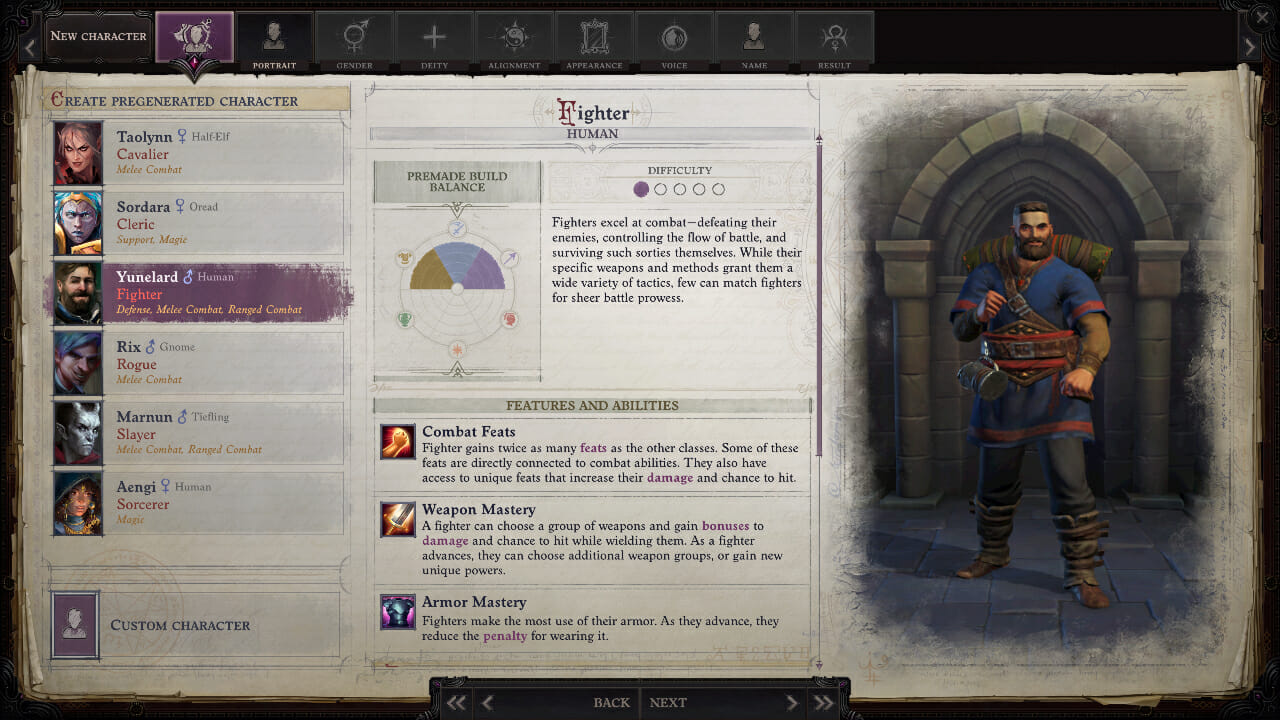


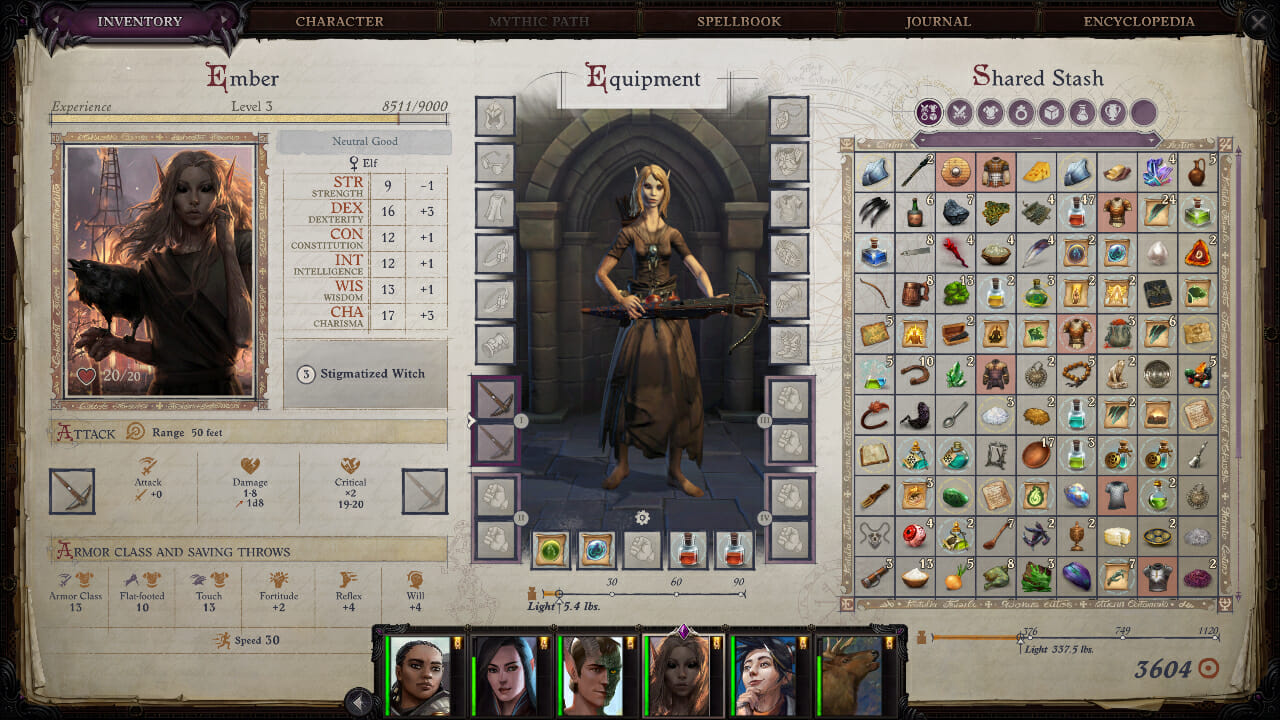
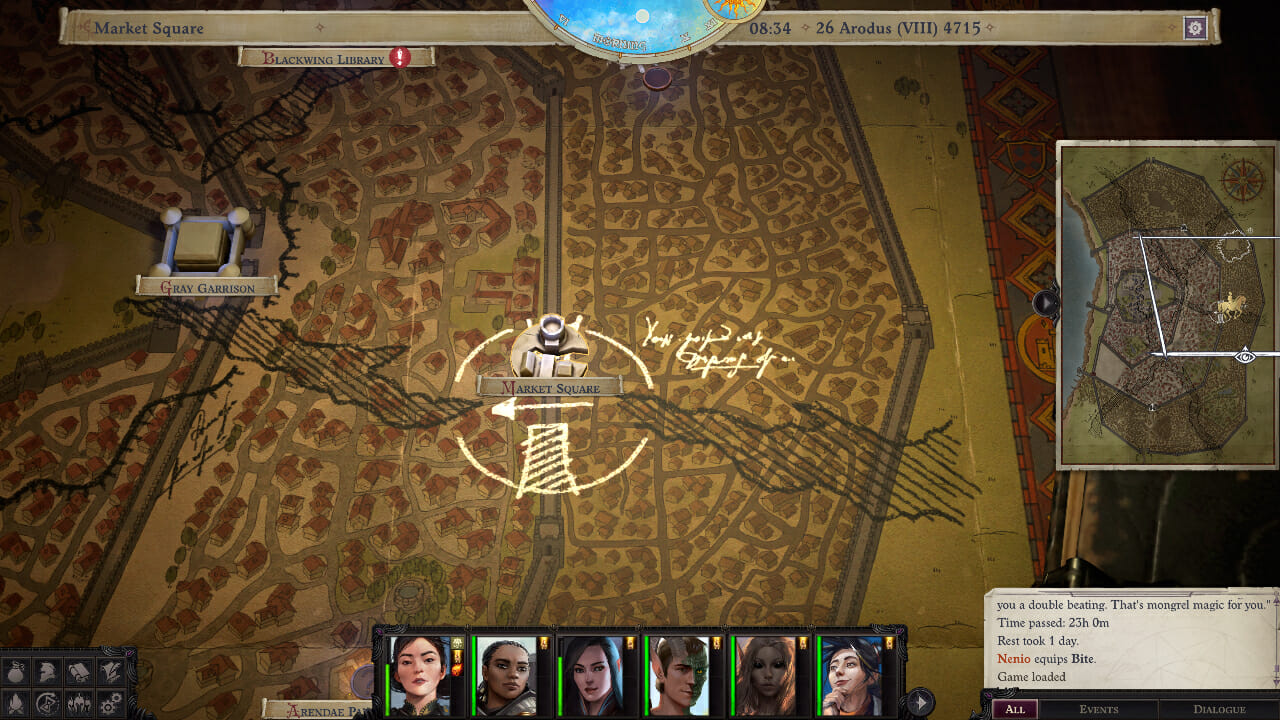
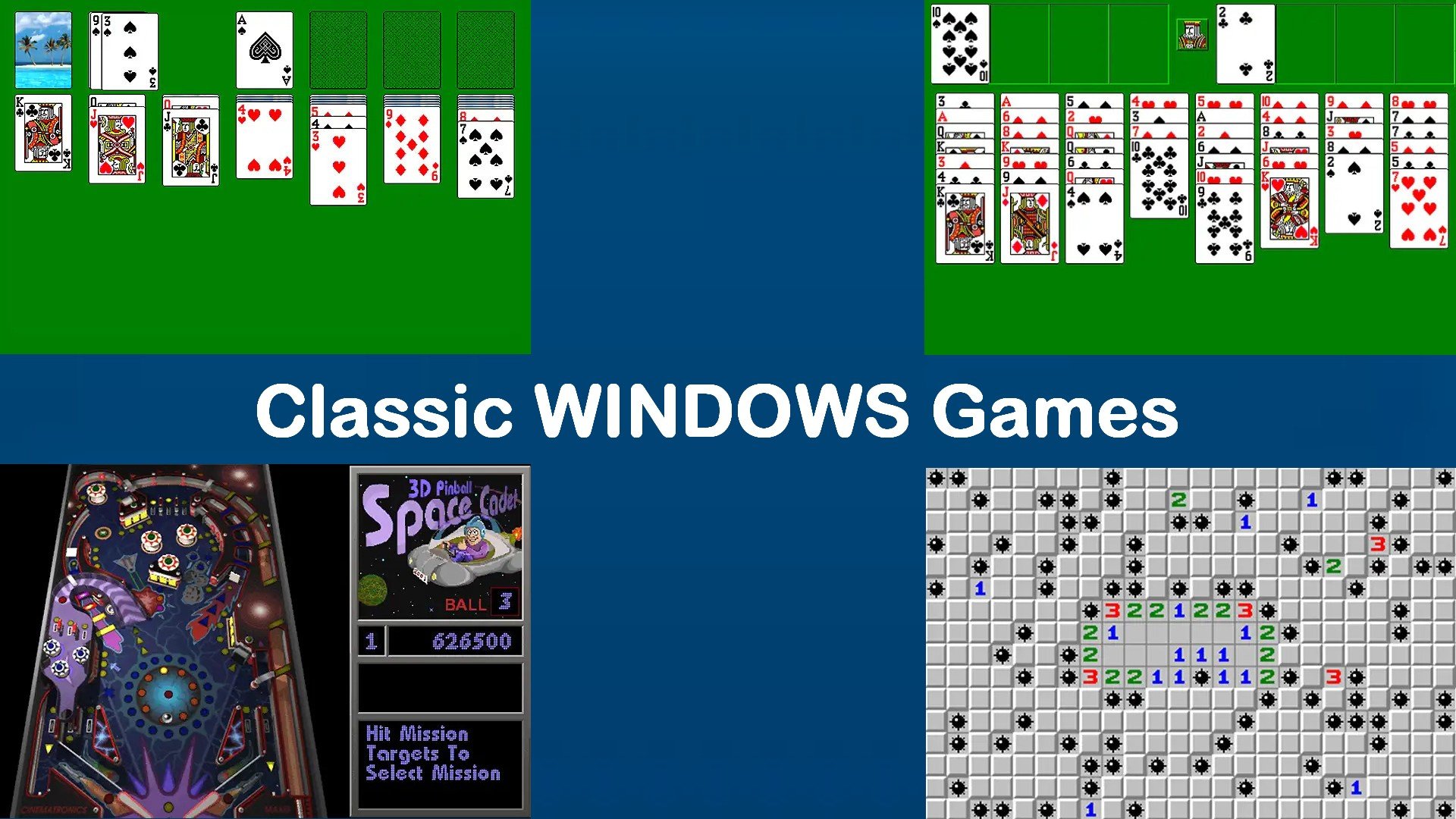

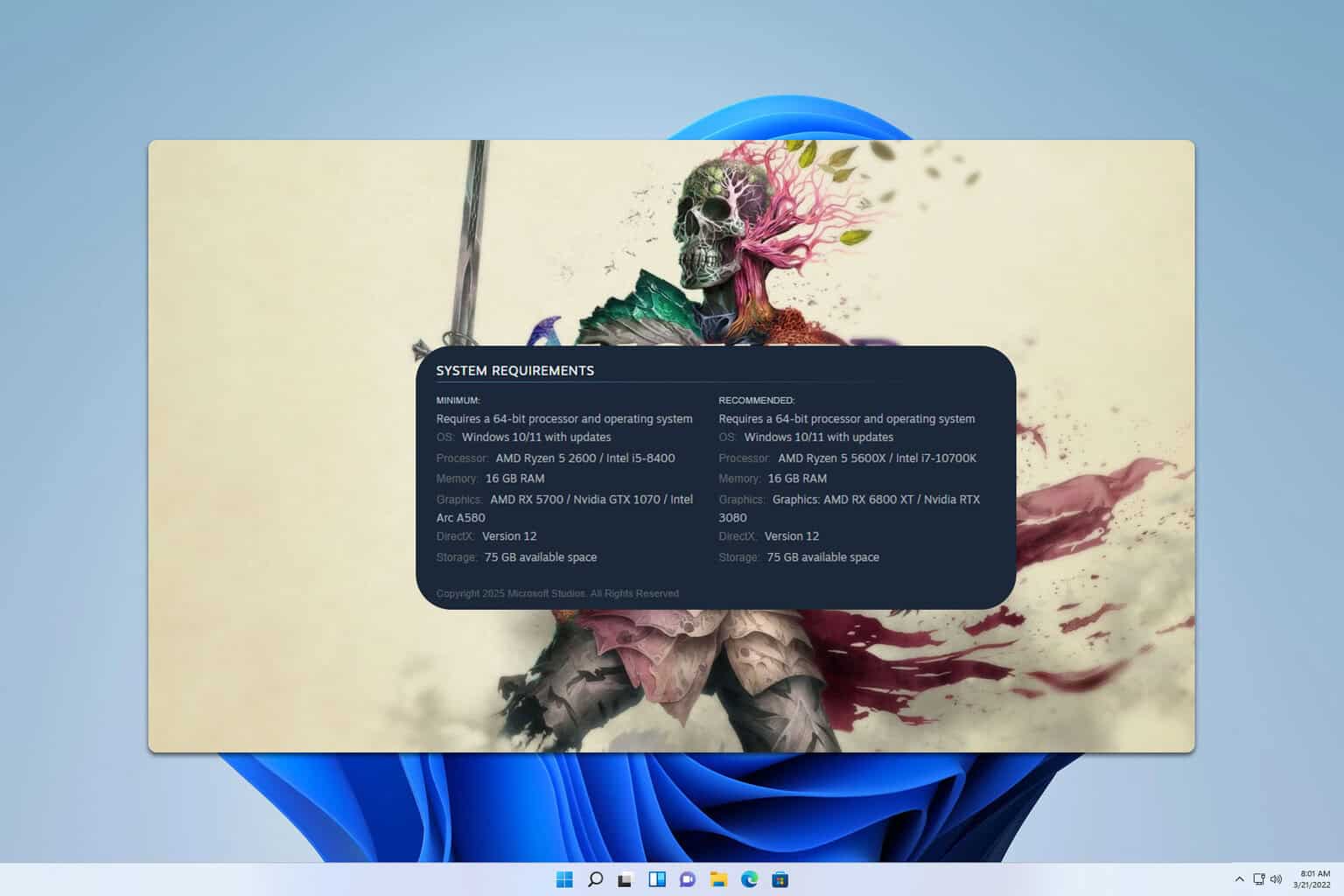
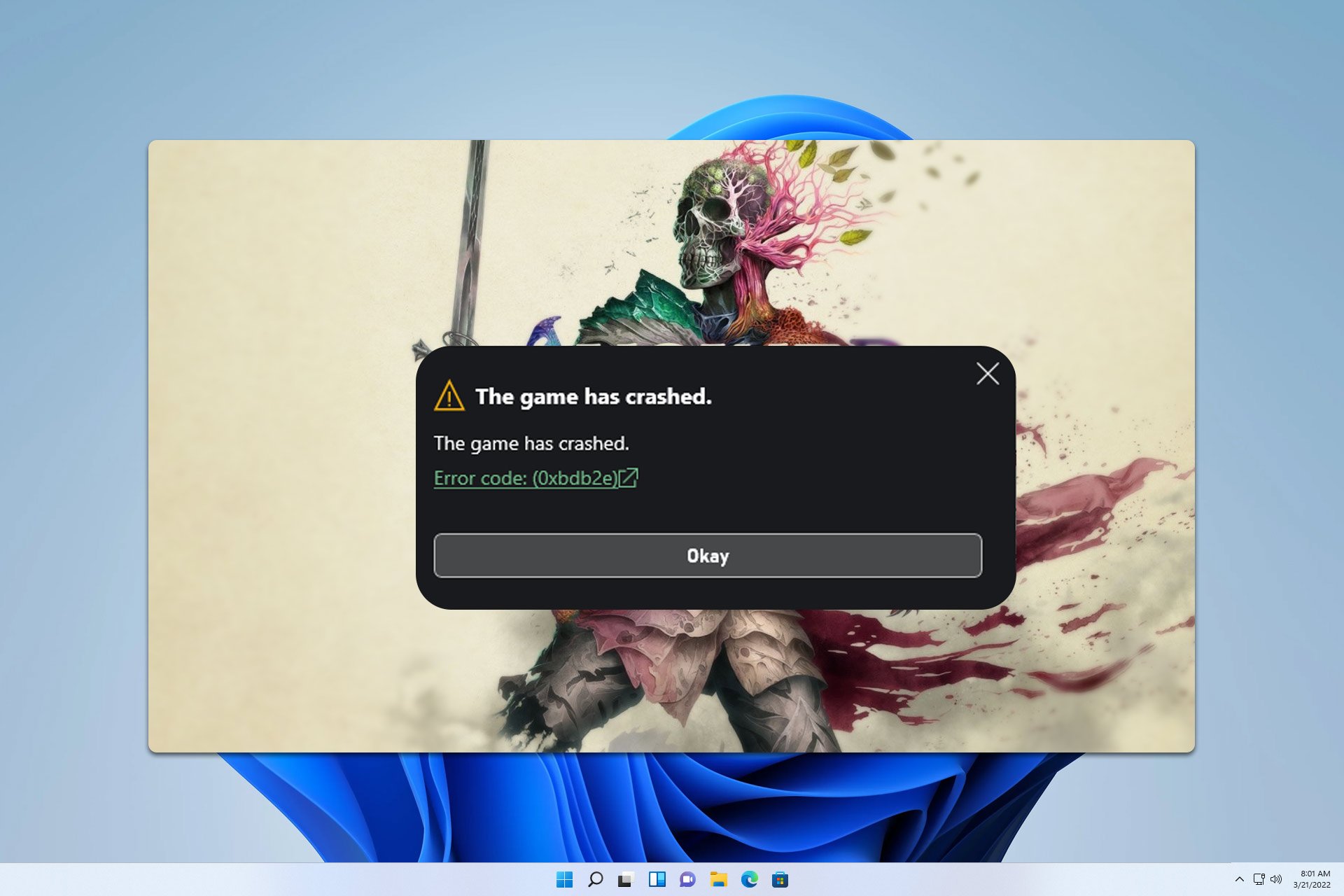
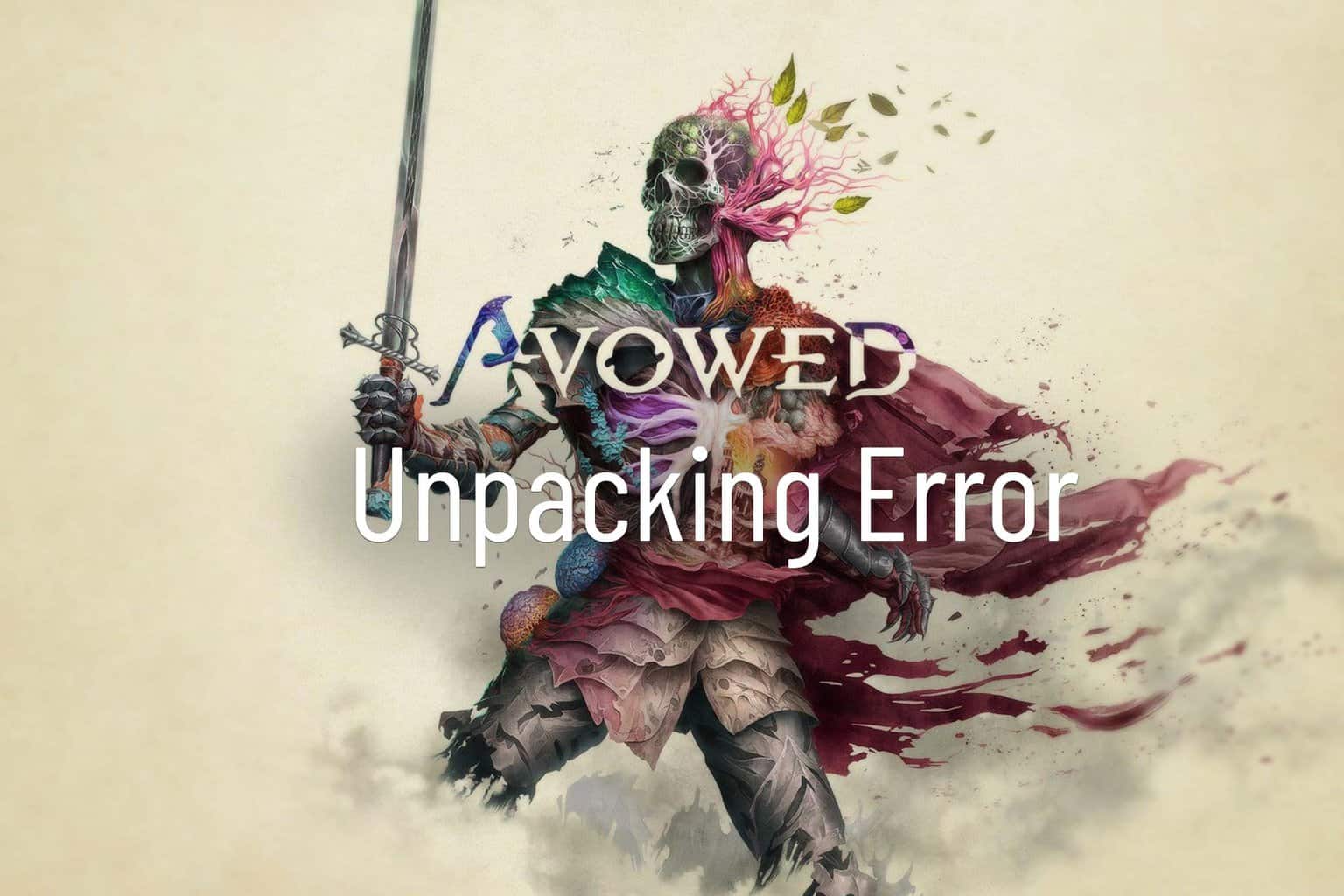
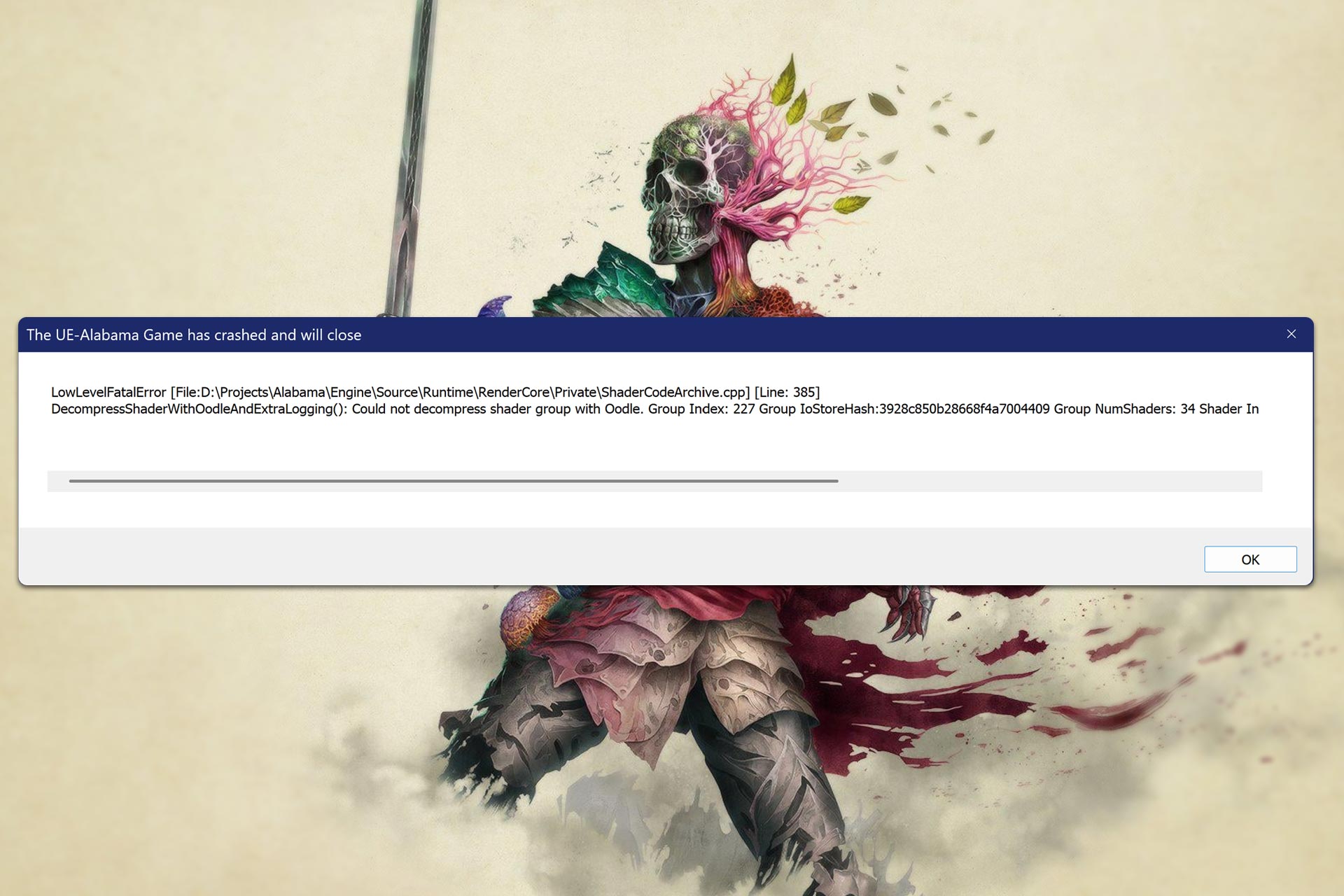


User forum
0 messages